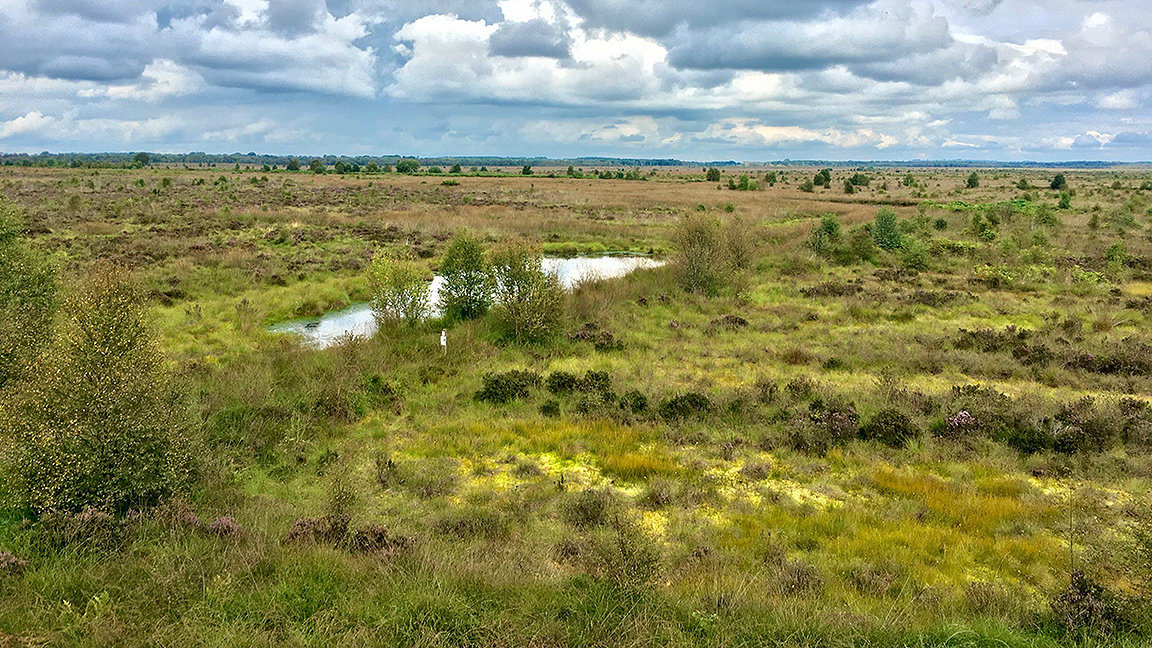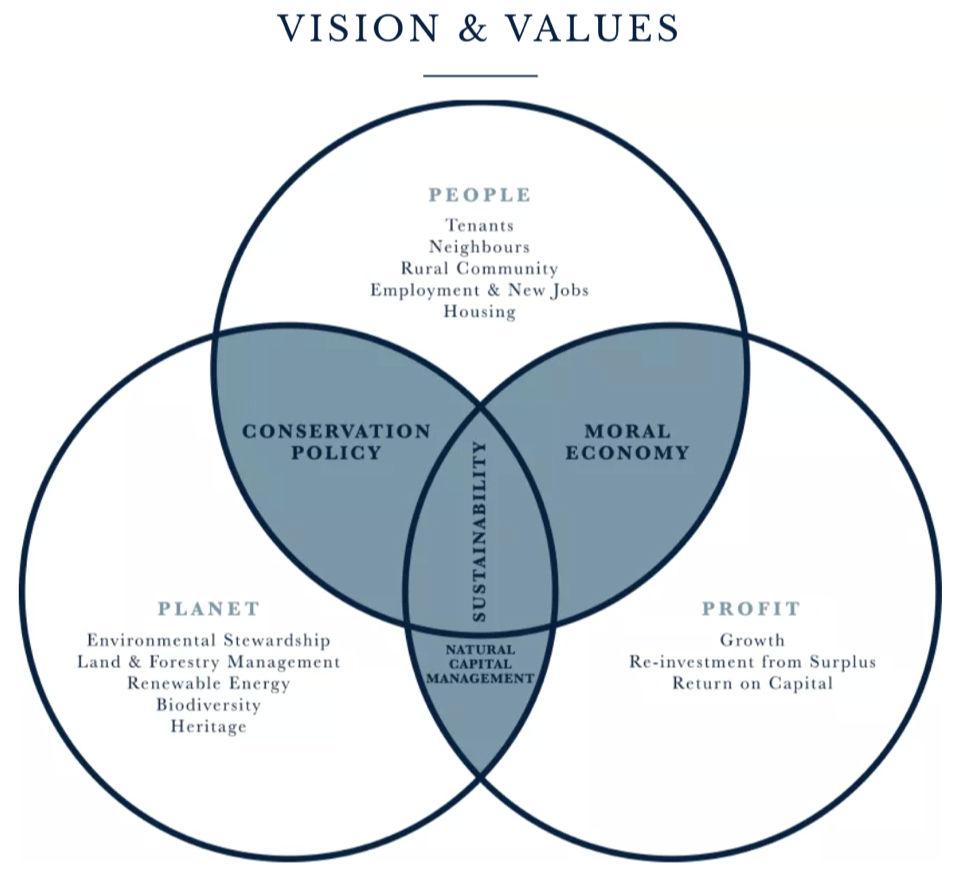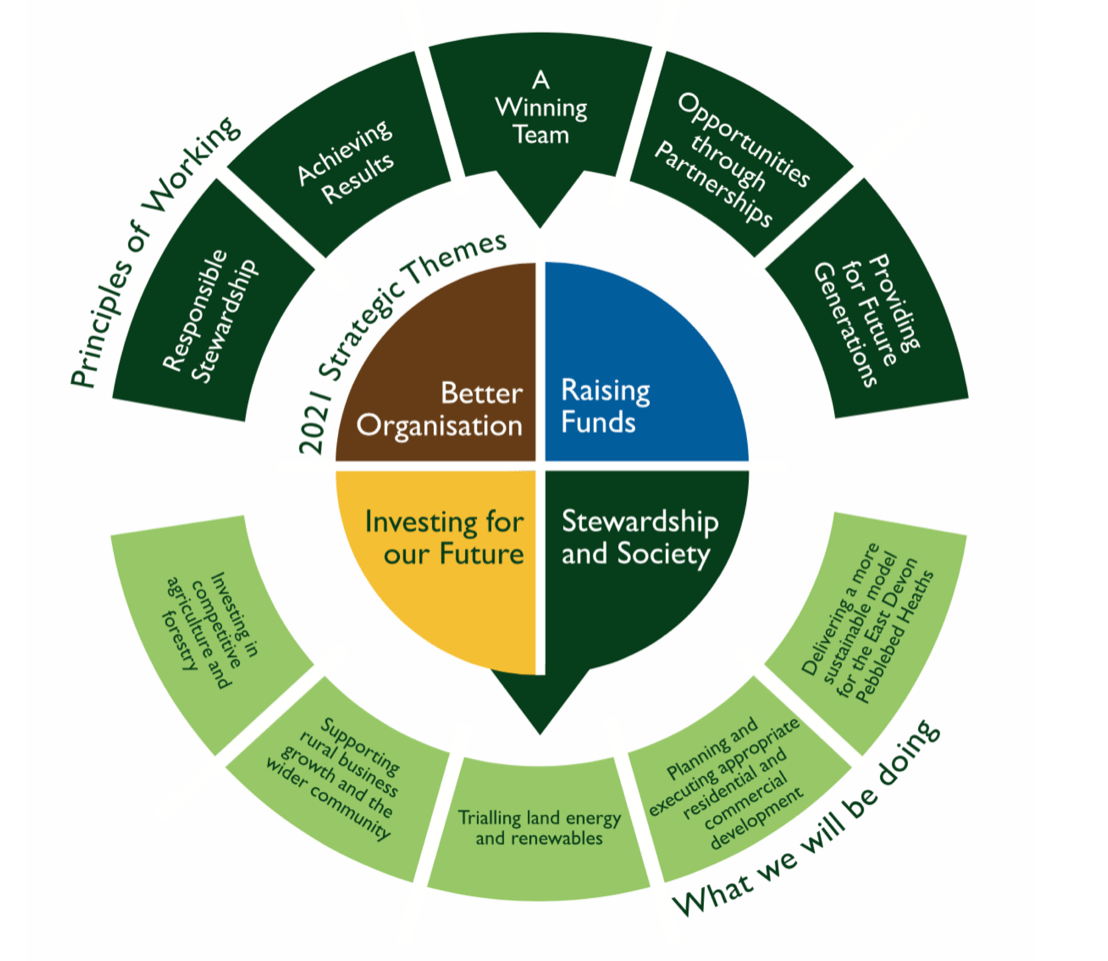
How can it be that in a normal year any estate manager knows the health of their teeth, the tread on their car tyres, or their calorie count over the past month, but cannot objectively state the performance of an estate with extensive land, buildings, employees and commercial interests?
As the owner of a rural estate, the challenge I set myself in undertaking a Nuffield Farming Scholarship was twofold:
- to highlight benchmarking as a vital tool for managing rural estates, regardless of size or geography
- to examine different benchmarking methodologies used by successful rural estates to account for their total contribution of land stewardship.

My findings derived from over 140 international meetings and the results of an extensive survey I commissioned. My travels led me to examine a land management sector covering in excess of 1,500,000 acres across USA, Italy, Denmark, Belgium, the Netherlands, New Zealand and the UK.
I spoke to land management lecturers, land agents and landowners, as well as industry policy influencers and policy makers. We discussed different benchmarking methodologies and key performance indicators (KPIs) in both the public and private sector to gain a broad appreciation and to determine what would be most relevant to estate managers to achieve financial, social and natural capital success.
Current benchmarking methodologies
- Savills estate benchmarking.
- XERO.
- Individual reporting.
- Own systems for KPIs – not benchmarked.
- Landmark company, other ad hoc approaches that different estates use such as estate benchmarking, Tripadvisor, social media.
- Agriculture and Horticulture Development Board benchmarking.
The need for benchmarking
- Performance: benchmarking is the evidence of how an organisation has operated over a time period across a particular measurable area. In turn this drives rational decision-making to provide positive change and strive for continuous improvement. It also reduces risk by identifying failure early to prevent more expensive errors later.
- It promotes industry standards: accountability between land agents and landowners raises professional standards by correlating advice and input against impact. This transparency further enhances confidence. It can also be a useful tool to incentivise hard work and justify "payment by results".
- Perspective: results offer clarity when comparing an estate against its historical performance or other estates of a similar standing, eliminating subjectivity.
- Profit: estates unable to account for their financial performance will struggle to build more resilient businesses and realise their full potential, particularly at volatile times such as post-Brexit and during COVID-19.
- Accumulating data over time establishes detailed insights that better serve clients, firms, and the industry.
Blenheim Palace Estate
Blenheim Estate is simultaneously working on heritage and nature conservation, employee wellbeing, the involvement of the local community, green tourism, education, waste reduction, renewable energy, organic agriculture, carbon sequestration, local food supply and making charitable donations. Working with Oxford Brookes Business School enables them to capture their performance over a wide range of areas, be it from catering to communities, or from charities to carbon. It is all based on their 10-year goals.
Clinton Devon Estates
Leigh Rix is the director of property and land for this 25,000 acre estate in Devon. Their 10-year strategic vision document is based on a motto of "doing our part for our part of the world": wanting to achieve a sustainable future for the estate, the local environment and communities. Their performance is captured using the balanced scorecard system, which focuses on 4 main perspectives. See Figure 2.

"It’s a way of looking at your organisation that focuses on your big-picture strategic goals. It also helps you choose the right things to measure so that you can reach those goals. It looks at your organisation from different perspectives to measure its health. Each of these perspectives focuses on a different side of your company, creating a balanced view…."
Duchy of Cornwall
Each year the Duchy of Cornwall publishes accounts detailing the total contribution from sustainable stewardship. This bottom line of finance includes the social and environmental factors that make up these rural communities.
Impact of benchmarking
The very best estates use data and analysis for evidence-based decision-making and are unafraid to be self-critical as they aim for continual improvement. They embrace the role of integrated reporting across the triple bottom line. For these estates to breathe essential economic oxygen into rural communities to create houses and jobs, yet enhance the environment and still remain profitable, they need to provide a total contribution that is both quantitative and qualitative. This will ensure estates become more efficient and therefore more effective.
Conclusions
- A radical rethink is required across the rural land management sector to demonstrate the relationship between input – advice and fees – versus the impact and added value that land agents offer their clients.
- This rethink should begin with establishing a framework that benefits both land agent and client. This framework would include a master plan detailing long-term aspirations; quantifying risk through a risk register; establishing a commercially-focused governance team; and offering annual benchmarking to demonstrate performance.
- Benchmarking is a vital tool to quantify the multiple benefits estates can provide. It affords clarity, and leads to evidence-based, objective decision-making.
- There is no accepted benchmarking methodology for rural estates that accounts for the total contribution of sustainable stewardship. Organisations such as RICS, the Country Land and Business Association (CLA), and national land agency firms should collaborate to offer accredited performance methodologies.
My recommendations
- The CLA: should champion estates that can demonstrate through evidence the benefits provided by benchmarking. This evidence is a tool with which to lobby Westminster more effectively.
- Academia: lecturers in land management should include benchmarking and elements of finance as part of the curriculum.
- Landowners: must be more demanding of themselves and their advisers on how they can fulfil their long-term potential.
- Successful land agency firms will offer master planning and benchmarking as a means to retain and attract more aspirational estates as clients.
Related competencies include: Sustainability
